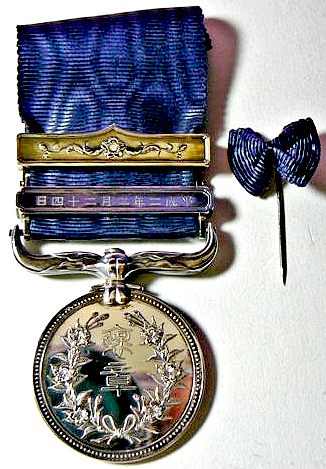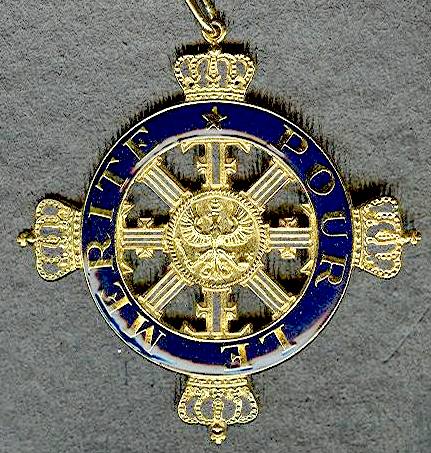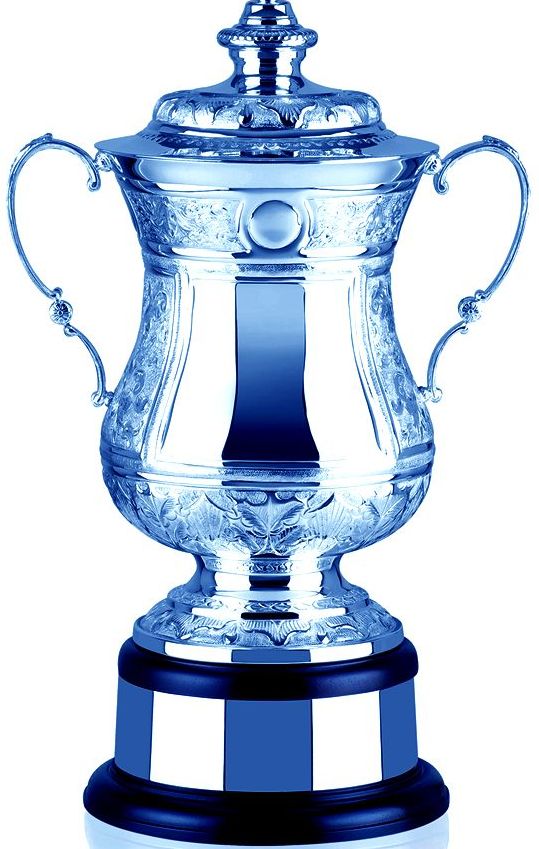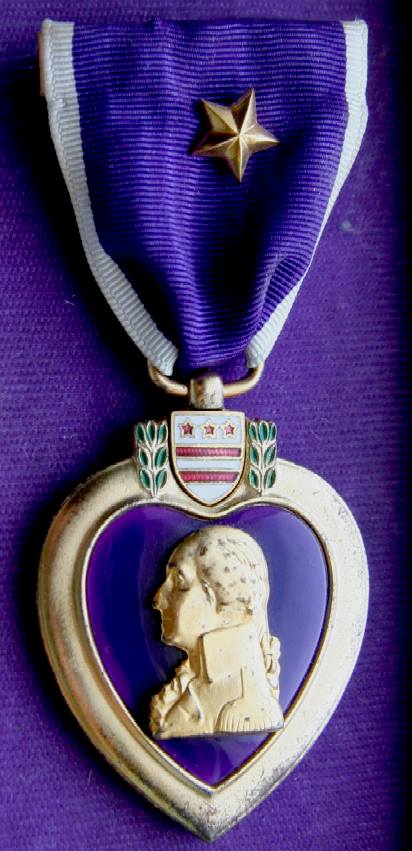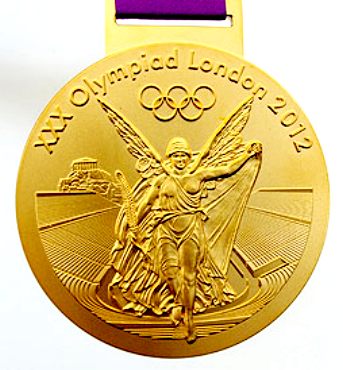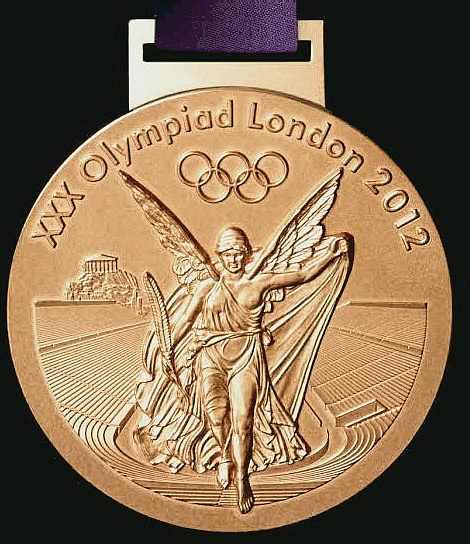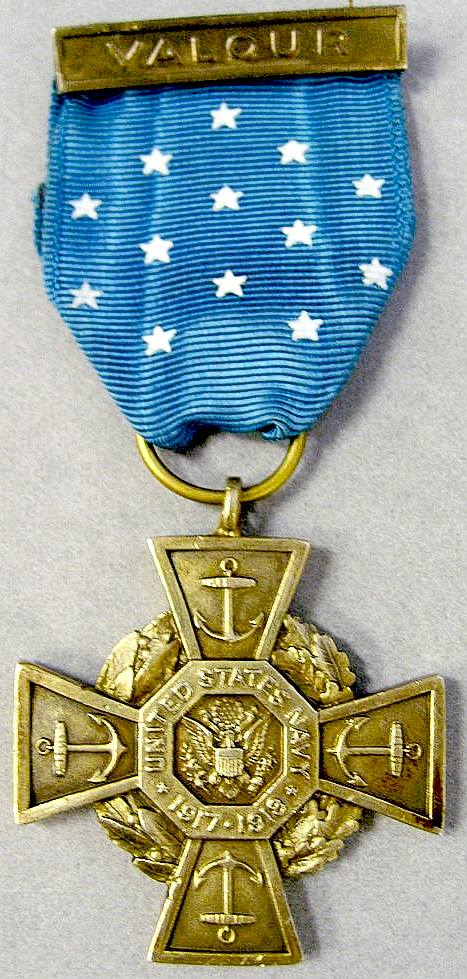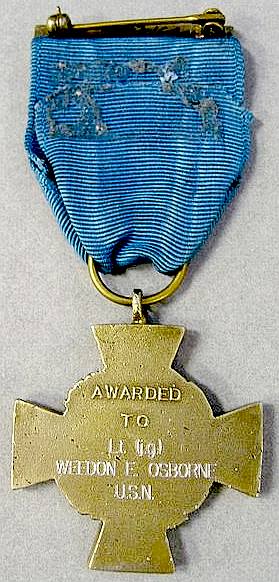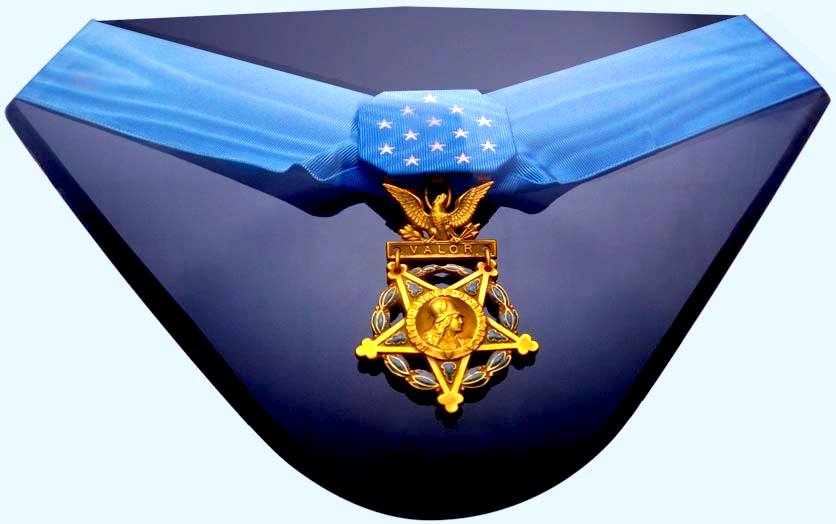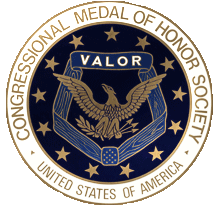|
THE BLUE RIBBON (ECO MEDAL)
|
|||||
|
Every entrant completing one of the recognized prestigious international series of courses, will qualify for a Blue Ribbon™ (a blue ribbon made of silk with a medal pendant). This is an award of distinction for meritorious endeavor, which competitors might proudly display with any event vehicle, team, corporate or other event, as recognition of their contribution to automotive advancement. Sponsors or vehicle producers may also qualify for this accolade in gold, silver and bronze categories. BMS has commissioned an artist to design the ribbon and medallion. The above depiction is for illustrative purposes, until a design is approved. This automotive award should not be confused with the marine trophy (Hales Trophy) seen at the foot of this page, or the Japanese medal, which also has a 'blue ribbon' category - but for public service.
COMPETITION MEDALS
Medals have historically been given as prizes in various types of competitive activities, especially athletics.
JAPAN
- Medals of Honor (褒章 hōshō?) are a
series of medals produced by the Government of Japan. They are awarded to individuals who have done meritorious deeds and also to those who have achieved excellence in their field of work. The Medals of Honor were established on December 7, 1881, and were first awarded
in 1882. Several expansions and amendments have been made since then. The medal design for all six types are the same, bearing the stylized characters
褒章 on a gilt central disc surrounded by a silver ring of cherry blossoms on the obverse; only the colors of the ribbon
differ to signify the category of service receiving recognition.
THE BLUE MAX
The Pour le Mérite (Fr.: For Merit), known informally as the Blue Max (German: Blauer Max), was the German Kingdom of Prussia's highest order of merit. It was awarded strictly as a recognition of extraordinary personal achievement, rather than as a general marker of social status or a courtesy-honour, although certain restrictions of social class and military rank were applied. The award was given as both a military (1740–1918) and civil (1740–1810, after 1842 as a separate class) honour.
The Blue Max - Pour le Mérite - In 1842, King Frederick William IV of Prussia, acting on the advice of Alexander von Humboldt, founded a civil class of the order, the Order Pour le Mérite for Sciences and Arts (Orden Pour le Mérite für Wissenschaften und Künste), with the three sections: humanities, natural science and fine arts. Among the famous recipients of the civil class of the Pour le Mérite in the first group of awards in 1842 were Alexander von Humboldt, Carl Friedrich Gauss, Jakob Grimm, Felix Mendelssohn, Friedrich Wilhelm Joseph Schelling and August Wilhelm Schlegel. Foreign recipients in the "class of 1842" included François-René de Chateaubriand, Louis Daguerre, Michael Faraday, Jean Auguste Dominique Ingres and Franz Liszt.
In November 1918 the Kingdom of Prussia came to an end, and with it that state's sponsorship of the Pour le Mérite. However, unlike the military class of the order, the class of the order for achievements in the arts and sciences did not come to an end. The members re-established their order as an autonomous organization, with revised rules and processes for nomination.
The awarding of new memberships resumed in 1923. New members of the revised included
Albert Einstein (1923), Gerhart Hauptmann (1923), Richard Strauss (1924), Wilhelm Furtwängler (1929), Käthe Kollwitz (1929) the first female recipient of the honour, and Ernst Barlach (1933).
Then came National Socialism in Germany
(1933–45) to call a halt.
OFFICIAL WORLD CUP ROUTES
The Cannonball EV Run™ series is for battery or hydrogen fuel cell powered electric vehicles, or any Zero Emission Vehicle that is based on ordinary production vehicle running gear, that is capable of carrying at least one passenger. Hydrogen or other IC engined vehicles are eligible, so long as they are clean running.
BLUE BIRD WORLD CUP™ TROPHY
The design of this magnificent trophy captures the free spirit of the blue bird in flight as depicted in our registered trade mark. Bluebird Marine Systems Ltd is donating this cup to the first series of events in recognition of the effort that a competitor will make in order to overcome some of the more arduous routes. The point scoring method used to calculate the winner of the outright Bluebird™ World Cup is a handicap system that rewards ingenuity and determination as much as technical achievement.
ABOUT MEDALS
A medal, or medallion, is, strictly speaking, a small, flat, and round (or, at times, oval) piece of metal that has been sculpted, molded, cast, struck, stamped, or some way marked with an insignia, portrait, or other artistic rendering. A medal may be awarded to a person or organization as a form of recognition for
sporting, military, scientific, academic, or various other achievements. Military awards and decorations are more precise terms for certain types of state decoration. Medals may also be created for sale to commemorate particular individuals or events, or as works of artistic expression in their own right. In the past, medals commissioned for an individual, typically with his portrait, were often used as a form of diplomatic or personal gift, with no sense of being an award for the conduct of the recipient.
PURPLE HEART - The Purple Heart is a United States military decoration awarded in the name of the President to those wounded or killed, while serving, on or after April 5, 1917, with the U.S. military. With its forerunner, the Badge of Military Merit, which took the form of a heart made of purple cloth, the Purple Heart is the oldest military award still given to U.S. military members; the only earlier award being the obsolete Fidelity Medallion. The National Purple Heart Hall of Honor is located in New Windsor, New York.
DESIGN & MEDIUM
GOLD MEDALS
A gold medal is the highest medal awarded for highest achievement in a non-military field. Its name derives from the use of at least a fraction of gold in form of plating or alloying in its manufacture. The award concept arose in the military, initially by simple recognition of military rank, and later by decorations for admission to military orders dating back to medieval times.
OLYMPICS - Gold, Silver and Bronze medals from the 2013 London games. These beautiful medals are substantial symbols of championship performances. The celebration of championship performances are played out on the awards stand as the gold medal winner's national anthem is heard. The medals gleam in the light as they are ceremoniously placed around the necks of the medalists.
Olympic medals metal are
not what most casual Olympic Games viewers would expect. The Olympic Committee in the host city would quickly
be bankrupted if those large, heavy gold medals were pure (24k), or 14,
or 18 karat gold. The medal was designed by David Watkins, a well known British artist.
Silver medals are sterling (92.5 %) silver. The design is the same on all the medals.
The bronze medals actually are bronze, an alloy usually made of 90% copper and 10% tin. The tin adds hardness to the copper, as well as imparting the bronze color.
Olympic medals awarded at the 2012 London games are 85mm in diameter, 7mm thick, and weigh between 375 and 400 grams, with the event engraved on the rim.
The US Medal of Honour (Congressional), Navy version, this one awarded to Weedon E Osborne - and later confiscated by the FBI when someone tried to sell it. Does it then go back to the next of kin? The design in reminiscent of the Victoria Cross. The medal is hung on a blue ribbon.
MOH - LEGAL ISSUES
The Supreme Court's decision did not specifically address the constitutionality of the older portion of the statute which prohibits the unauthorized wearing, manufacturing, or sale of military medals or decorations. Under the law, the unauthorized wearing, manufacturing, or sale of the Medal of Honor is punishable by a fine of up to $100,000 and imprisonment of up to one year. In the UK false claims to ownership of medals for profit (difficult to understand) could be prosecuted under the Fraud Act 2006. Presumably such action would apply to inappropriate use of a Victoria Cross. But, in England it is legal to sell such medal and/or produce replicas - provided they are not masqueraded as being real.
The US Medal of Honor, Army issue. Note the exquisite blue ribbon
WEEDON EDWARD OSBOURNE
Weedon Edward Osborne (November 13, 1892 – June 6, 1918) was a United States Navy officer and a recipient of America's highest military
decoration - the Medal of Honor - for his actions in World War
I. He is one of only three dental officers to have received the medal, the others being Alexander Gordon Lyle and Ben L. Salomon
LINKS:
Wikipedia Medals_of_Honor_Japan Wikipedia List_of_awareness_ribbons Wikipedia FIFA_World_Cup_Trophy Wikipedia Harley_J._Earl_Trophy Wikipedia Blue Max Pour le Merite Royal Mint Museum collection highlights medals http://www.cmohs.org/ http://nobelprize.org/nobel/medals http://en.wikipedia.org/wiki/Medal http://en.wikipedia.org/wiki/Pour_le_M%C3%A9rite http://www.imperialjapanmedalsandbadges.com/meritmedals.html http://www.mint.go.jp/eng/operations/order/medalsofhonor.html http://en.wikipedia.org/wiki/Medals_of_Honor_%28Japan%29 http://en.wikipedia.org/wiki/List_of_awareness_ribbons http://en.wikipedia.org/wiki/Webb_Ellis_Cup http://en.wikipedia.org/wiki/FIFA_World_Cup_Trophy http://en.wikipedia.org/wiki/Harley_J._Earl_Trophy http://en.wikipedia.org/wiki/America%27s_Cup http://en.wikipedia.org/wiki/Borg-Warner_Trophy http://en.wikipedia.org/wiki/Trophy
A - Z OF WORLD FAMOUS RACING CIRCUITS
This is the marine Blue Ribband trophy that is awarded to the fastest passenger ship to cross the Atlantic. It stands four feet in height. The trophy is also known as the Hales Trophy in recognition of the British politician who commissioned the artwork. There are two replicas in existence, each costing $40,000 to produce. This trophy should not be confused with the automotive award seen at the head of this page.
|
|||||
|
This
website is Copyright © 2015 Bluebird Marine Systems Limited.
The names Bluebird,
Cannonball International™, Ecostar
DC50™,
and the blue
bird in
flight
|
